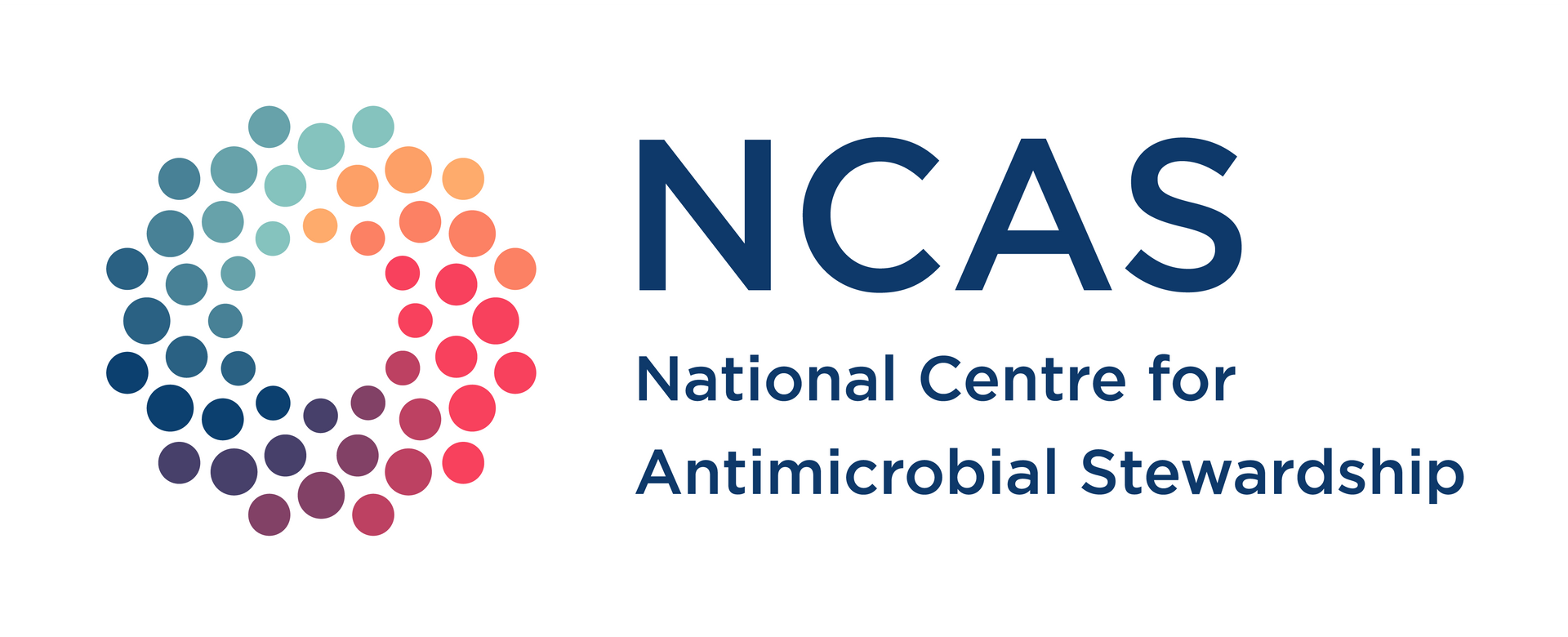Antibiotic use for children in Australian hospitals: recent evidence suggests improvement is needed
Brendan McMullan, Arjun Rajkhowa and Karin Thursky
(Published in Croakey)
Based on the latest evidence, around 20 percent of antibiotic prescribing for children in Australian hospitals may be deemed inappropriate.
Children in the 0-9 age group (along with adults in the older than 65 age group) account for the highest proportion of antibiotic use in Australia. While Australia has collected data about the quality of antibiotic use in hospitals annually since 2013, we have not, until recently, had detailed information about the quality of antibiotic use for hospitalised children.
Australia has a national antibiotic prescribing quality audit program, the National Antimicrobial Prescribing Survey (NAPS), to which hospitals around the country can submit assessments of their antibiotic prescribing throughout the year. This activity contributes to a hospital’s antibiotic stewardship (or antibiotic use quality improvement) activities.
From a national perspective, this dataset provides information on the quality of antibiotic use across hospitals, which can be used to identify priorities for improvement efforts.
We reviewed the data collected through Hospital NAPS audits from 2014 to 2017 on antibiotic prescribing for children. These included over 6,000 antibiotic prescriptions for children in 253 hospitals (public and private, and major-city, regional and remote). These data came from hospitals that voluntarily participated in the program.
We analysed this representative sample to identify how often and why antibiotics were used to treat hospitalised children, and how appropriately antibiotics were used. Appropriateness assessments take into account factors such as antibiotic choice, timing of administration, dose and duration.
Antibiotic use in hospitalised children
In the 79 percent (4903/6219) of prescriptions where an indication (or reason for the prescription) was recorded, the most common indications were therapy for sepsis (586, 9.4% of prescriptions) and prophylaxis (preventive therapy) for the prevention of fungal infections (571, 9.4% of prescriptions, mainly in newborns and in children with compromised immune systems). Antifungal prophylaxis appeared generally to have been prescribed appropriately.
In contrast, antibiotic use for the prevention of infections during and after surgery was assessed as appropriate in only 41 percent of cases. Surgical prophylaxis prescriptions were often assessed as inappropriate due to prolonged use (with antibiotics continued unnecessarily after the surgical operation, often for several days). In eight percent (38/459) of cases, prescriptions were assessed as inappropriate because a broad-spectrum agent was selected when it was not required.
For community-acquired pneumonia, another common indication for antibiotic use in children, 25 percent of prescriptions were assessed as inappropriate (frequently because of the antibiotic chosen).
Prescribing quality also varied by the type of drug: for example, antiviral drugs were generally prescribed appropriately (in more than 95% of cases), whereas some very broad-spectrum antibiotics, such as those of the carbapenem class, were not used as well (60% appropriate).
A part of a bigger problem
The spectre of drug-resistant infections poses a serious threat to human health and society.
The O’Neil report, commissioned by the UK government and sponsored by the Wellcome Trust in 2014, predicted that by 2050, the cost of a failure to deal with this crisis will be around US$100 trillion, with large increases in numbers of people dying from infections. The report also points out that the problem of antibiotic resistance is already causing premature deaths across the globe.
Children are particularly vulnerable to infections, and, while it’s important to ensure good prescribing for all age groups, until recently we have had less information about antibiotic prescribing for the treatment of infections in children, and, consequently, less of an appreciation of the magnitude of the program.
Reducing unnecessary or inappropriate antibiotic prescribing for infants and children appears particularly important since emerging evidence suggests that exposure to antibiotics before birth and in early life can affect long-term health, perhaps by killing off important ‘good’ bacteria.
Information to support good prescribing for children – what is available?
Australian hospitals are required to provide doctors and other prescribers with access to guidelines for antibiotic prescribing, particularly Therapeutic Guidelines: Antibiotic. These antibiotic guidelines are published independently from government and are regularly updated by an expert reviewer group.
Until recently, however, these guidelines lacked recommendations for some important infections in children, and had no recommendations at all for infections in newborns. That changed with the most recent update in June 2019, and this is a step in the right direction. The inclusion of paediatric recommendations will hopefully support more evidence-based prescribing in hospitals.
In primary care, however, many general practitioners do not currently use (or have access to) these guidelines.
Prescribing software used in primary care is often linked to drug company-provided databases. These list product information for drugs, including indications and doses, but the indications (or reasons for prescribing) and doses have often not been updated since the drugs were originally registered with the Therapeutic Goods Administration, often more than 20 years ago for common antibiotics. Thus, the information provided may not be up-to-date.
Following the recent update of Therapeutic Guidelines: Antibiotic, a summary table of up-to-date antibiotic choice recommendations for common conditions in general practice was made freely available. Nevertheless, general practitioners must pay for a subscription to access the complete guidelines.
Other sources of information for prescribers in hospitals and primary care in Australia include guidelines from children’s hospitals such as The Royal Children’s Hospital in Melbourne. NPS MedicineWise is an additional resource for prescribers of all types which aims to support quality use of medicines throughout Australia.
National prescribing quality audit programs can help monitor and improve antibiotic prescribing, and build capacity among clinicians through training in quality assessment and improvement.
While the Hospital NAPS program has been available nationally and undertaken annually in Australia since 2013, and while a NAPS module for aged care homes has been available nationally since 2015, we don’t have a quality assessment and improvement program in place for general practice.
An opportunity to improve care
Australia is fortunate to have nationally endorsed prescribing guidelines and large hospital audit programs that can help monitor and improve antibiotic prescribing. To a great extent, we have the resources we need to monitor and improve how we treat infections in children.
Our obligation to provide the best quality of care to children includes a responsibility to avoid unnecessary or inappropriate use of medicines, particularly when the broader long-term ramifications of such use are so deleterious.











